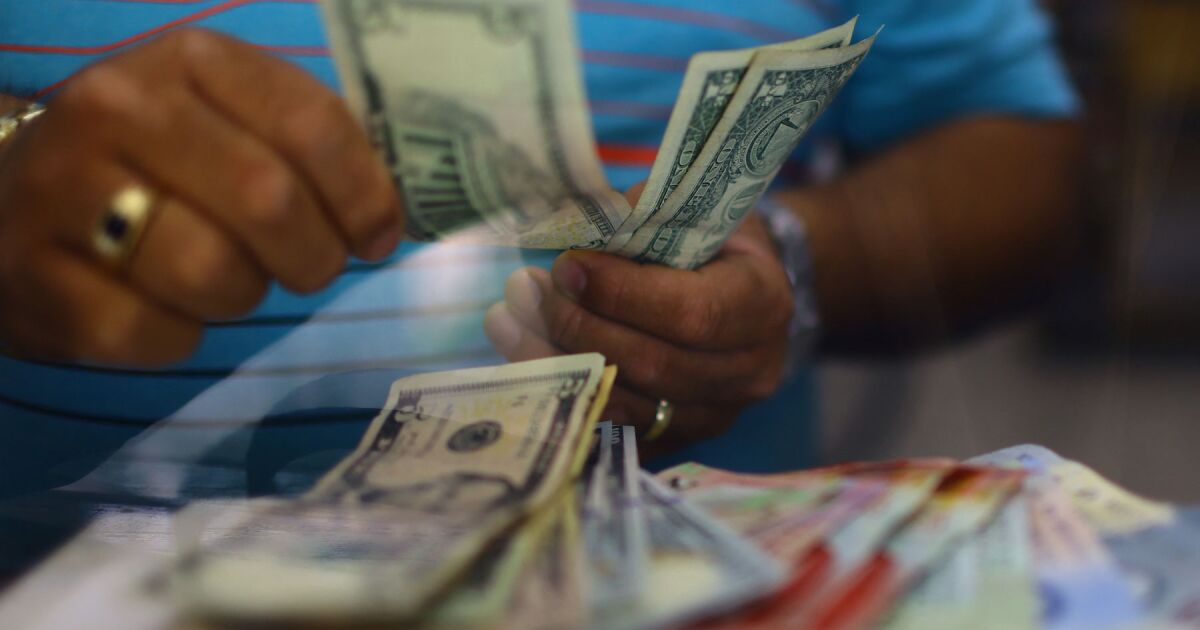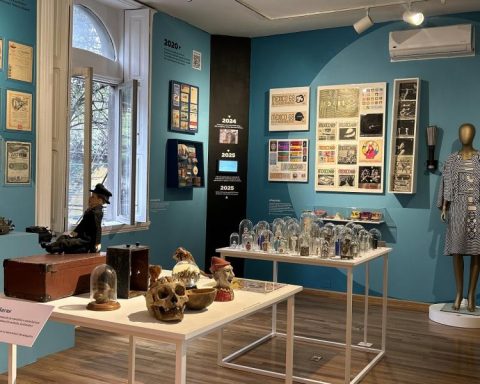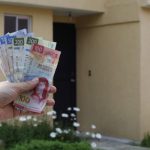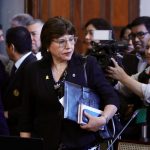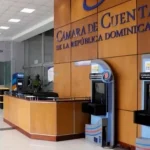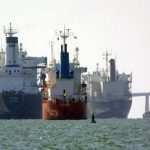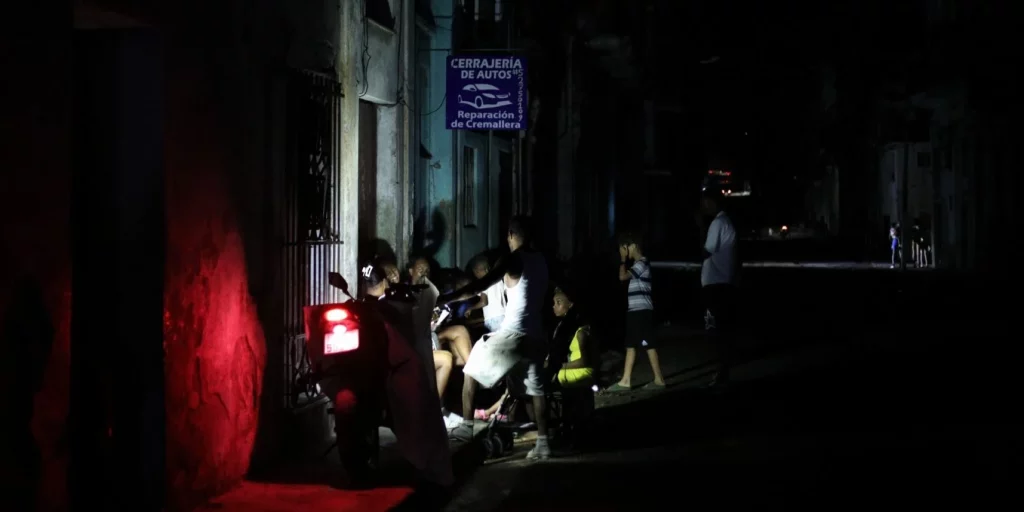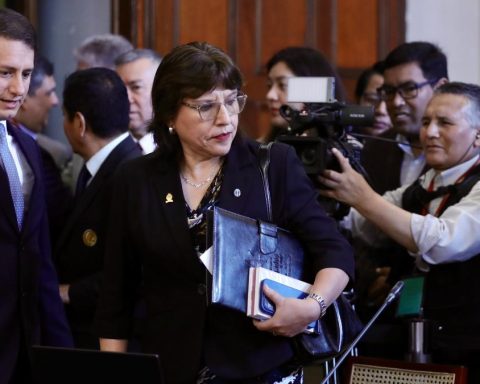“A necessary condition for growth is having savings that are converted into investment, infrastructure. These resources are not used to invest, it is pure current expense. That’s the reason why [las remesas] They have no impact on economic growth,” says Gabriel Pérez del Peral, an academic at the School of Government and Economics at the Universidad Panamericana (UP).
Informality and the lack of inclusion and financial culture, he adds, work against productive investment.
“In Mexico there are few efforts to promote productive activities, not only in those states, which implies that even if there are liquid resources, they cannot be channeled to increase production and that there is a takeoff in the regions where they are received,” says Sergio. Castellanos-Gamboa, leader of the Central-South region of the FAIR Center and academic at the Tecnológico de Monterrey Business School.
There are also two recurring themes that are not associated with productive activity, which are social ones, related to demography and migration, and those of the rule of law, linked to security, crime and violence, adds the specialist.
The Panamericana academic estimates that to retain human capital in Mexico, it is necessary to prioritize investment, education, training and innovation, and it would take around 15 years to see the first results.
“As long as there is a difference between salaries and the purchasing power of the currency, there will be incentives for people to go to the United States,” adds Castellanos.
The challenge in terms of public policies has to do with understanding the flow of remittances to include this capital in the formal market, agree the specialists consulted.
____
Editor’s note: This information is originally published in Expansión magazine, corresponding to October 2024, ‘ The 100 most important businessmen in Mexico’ .
